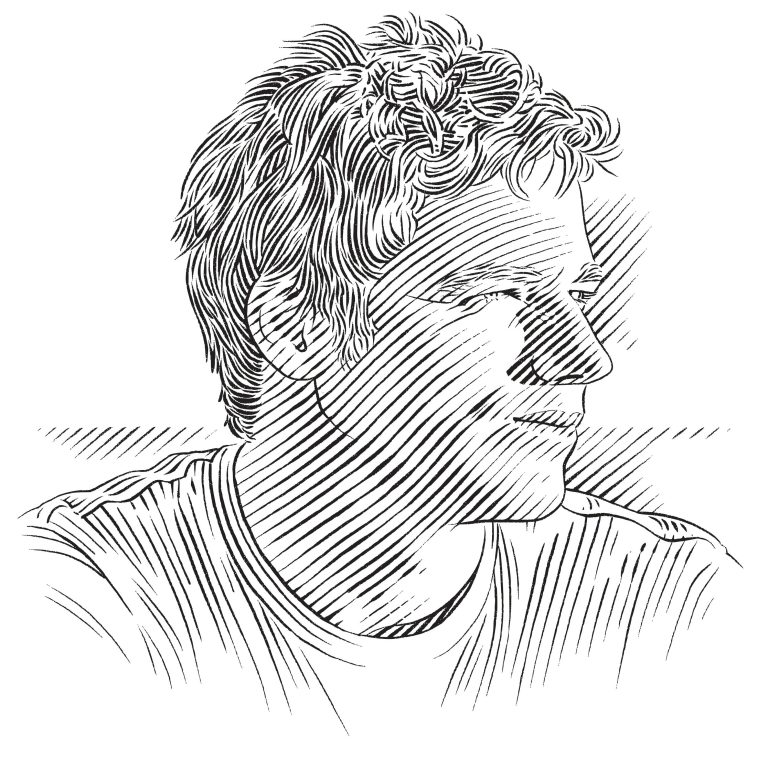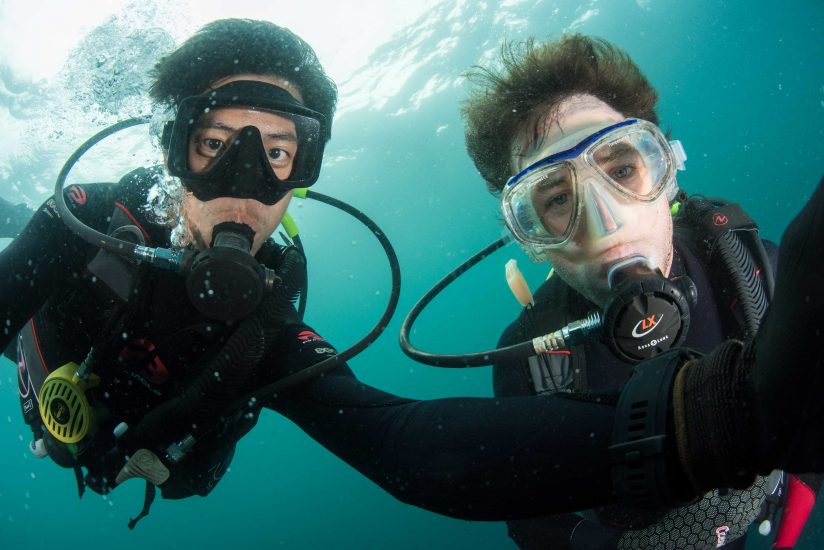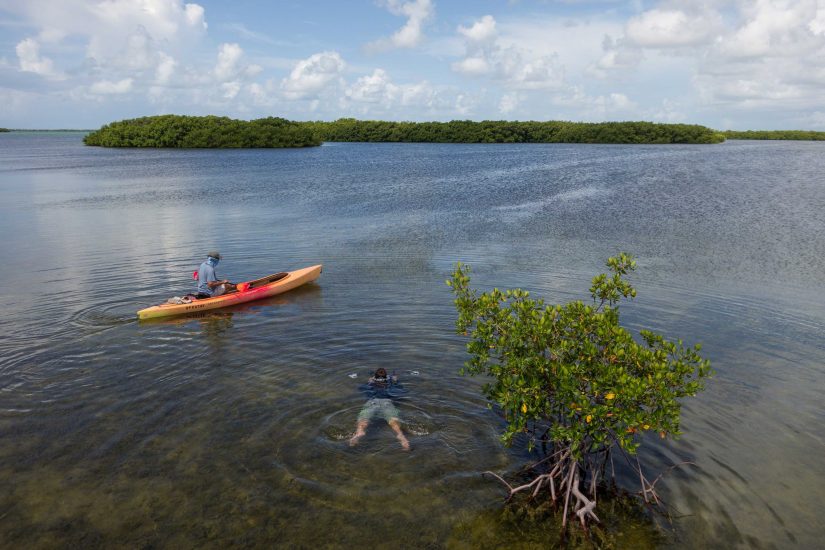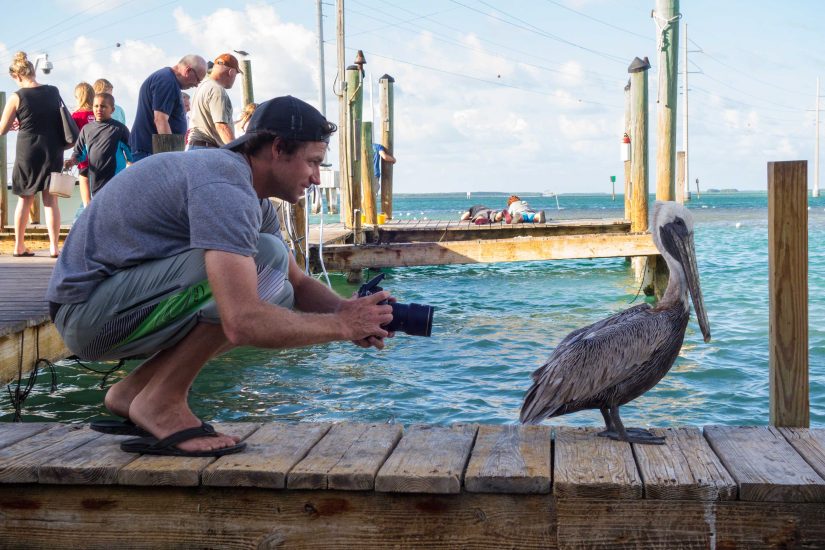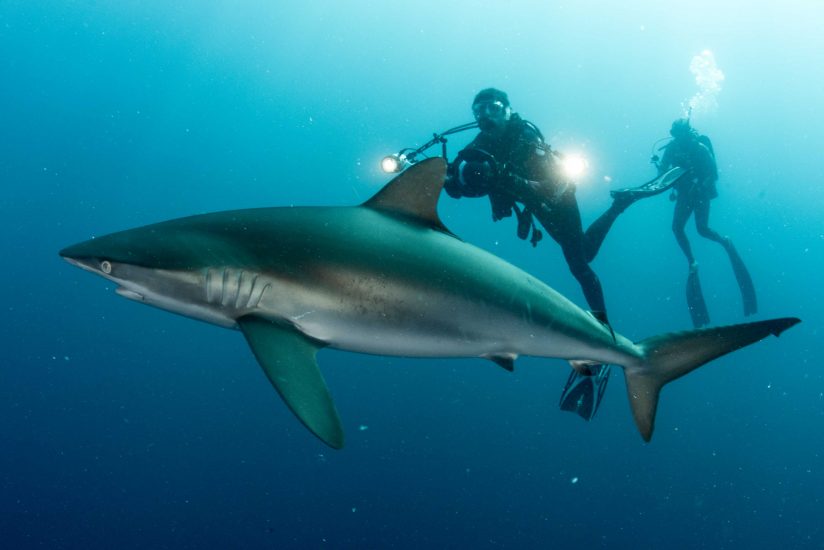Behind the Scenes: Justin Gilligan
On Assignment | SOSF Marine Conservation Photography Grant 2016
Justin Gilligan and Sirachai (Shin) Arunrugstichai, the two winners of the second Save Our Seas Foundation Photography Grant, were assigned the tasks of documenting the interface between urban and marine life in South Florida (Justin) and recording changes to the Bimini ecosystem when commercial development moves in (Shin). Conservation Media Unit staffer Jade Schultz describes their experiences.
Jade Schultz describes the trials and tribulations of chasing urban wildlife in the concrete jungle of South Florida with Marine Conservation Photography grantee Justin Gilligan.
Photo by Philippa Ehrlich
It was five past 10 and we’d only just made the queue for Burger King before it closed for the day at a roadside truck-stop somewhere on the Florida Turnpike between Port Mayaca and Fort Lauderdale. Justin and I were exhausted and starving after having spent a long, hot and sticky day outdoors in the humid 37 ºC heat in the town of Stuart. We had started our day with him photographing the foul-smelling outbreak of blue-green algae that had shut down Florida’s prized ‘Treasure Coast’ beaches over the Fourth of July long weekend. We had ended it surrounded by a cloud of hungry mosquitoes as Justin took advantage of the last minutes of natural light to photograph jars of green sludge on a bridge overlooking the alleged source of the blue-green algae outbreak at Lake Okeechobee. Behind us, another dramatic Florida summer thunderstorm sunset was glowing in the distance.
I thought back to when I’d told my mother I would be going to Florida to assist with the Marine Conservation Photography Grant and she had offered me a few pearls of wisdom: pack bug spray, don’t forget your travel pillow and be sure to try the Key lime pie. They had seemed like sound words of advice for this virgin traveller at the time, but as we stood in that Burger King line in zombie mode, I couldn’t help thinking that there were some other tips that would have been a little more useful, like where to find the best (strongest) coffee, how exactly to drive on the opposite side of the road, how to stay calm when driving on a highway seven lanes wide, and what a ‘turnpike’ actually is.
We sat in the car staring out into the emptiness of a dimly lit parking lot and shared a numb silence, eating yet another lacklustre meal purchased from a fast-food chain. Our minds ticking over, we wondered at what point the months of preparation and planning for this assignment would prove to be useful. Already we were about one week into the three-week Marine Conservation Photography Grant assignment that had tasked Justin with documenting the urban wilderness along the coast of South Florida. Conceptually it sounded like an easy enough mission: capture the delicate balance between encroaching urbanisation and the marine wildlife along a spectacular stretch of coastline. Justin had his shot list and the assignment required him to take photos in a region that not so long ago was considered wild and remote, boasting spans of white sandy beaches and dotted with mangroves and backwaters – a dynamic ecosystem with abundant marine biodiversity in a region where urbanisation was unavoidable. All the elements required for the brief were there. Turning them into images, however, was very different.
SOSF Marine Conservation Photography Grant
The Save Our Seas Foundation believes that photography is a powerful tool for marine conservation. We invite emerging conservation and wildlife photographers who have a passion for marine subjects to apply for our 2016 grant. This is a unique opportunity for photographers to go on assignment, earn an income and gain experience under the guidance of National Geographic photographer Thomas Peschak.
